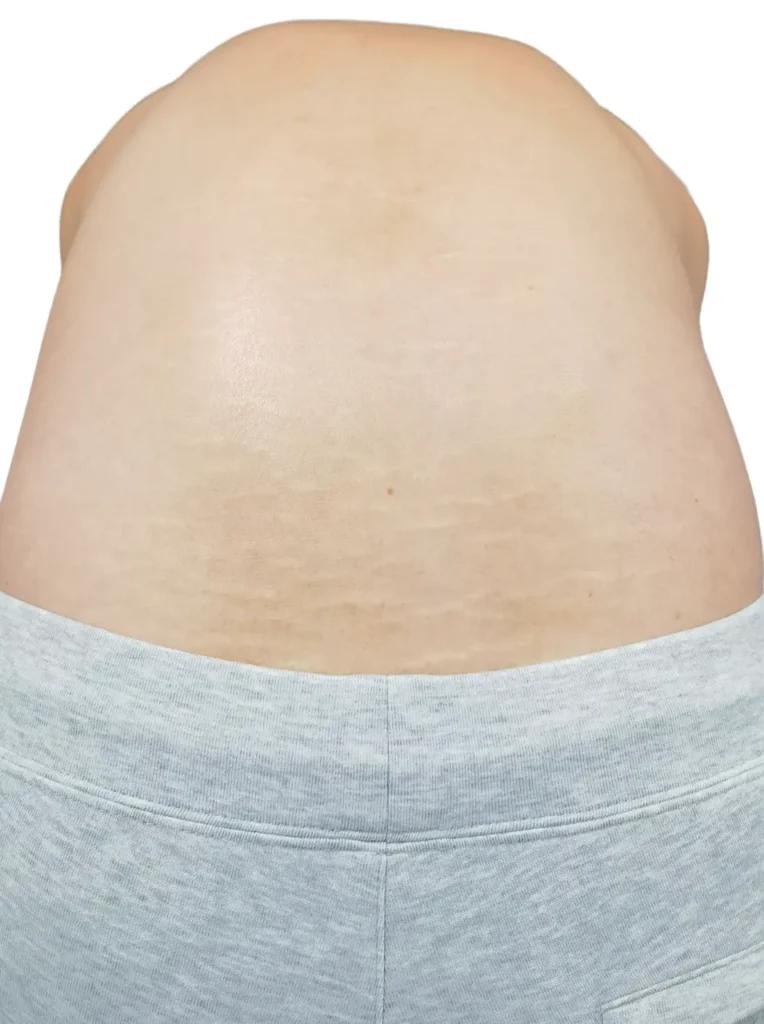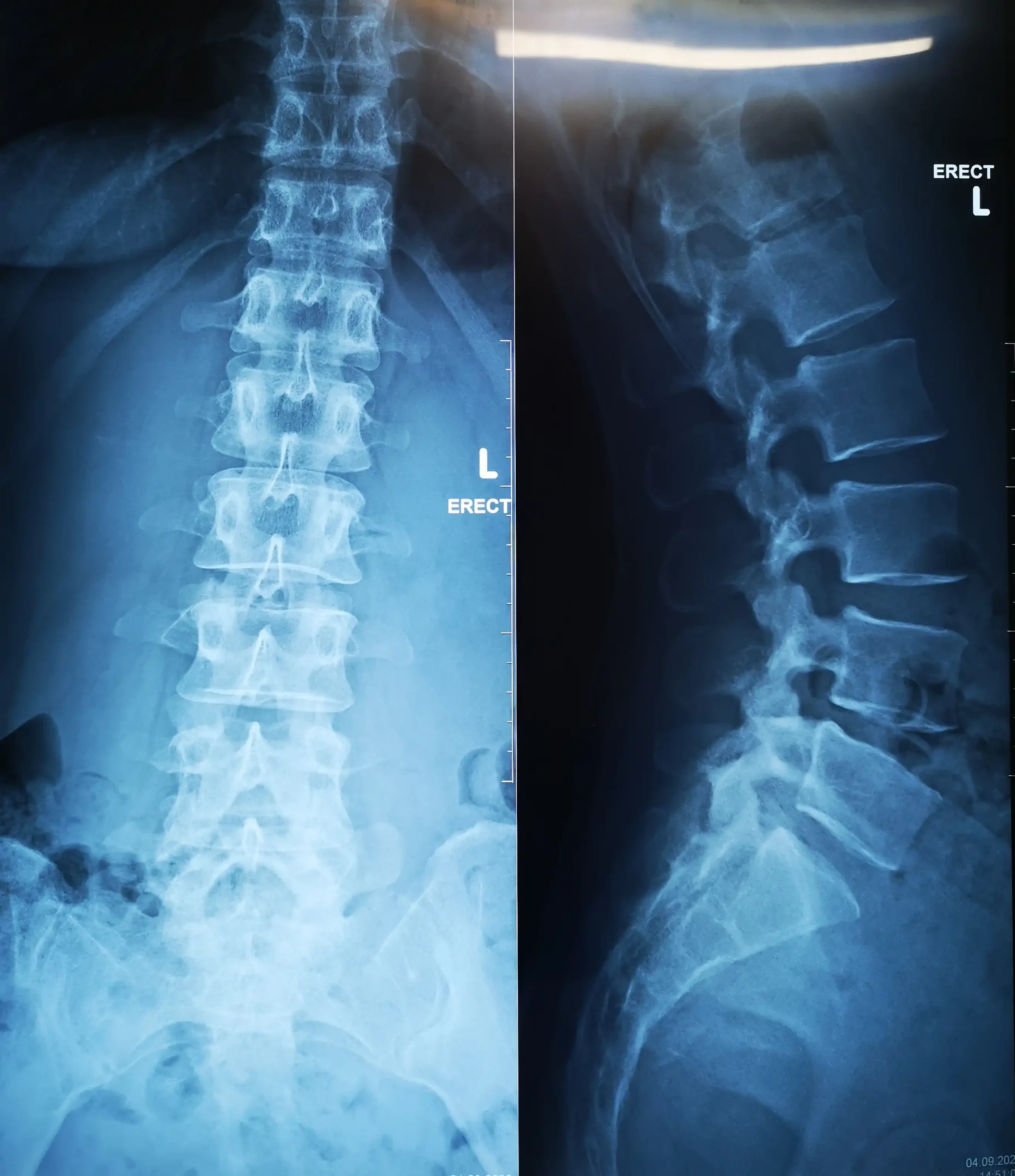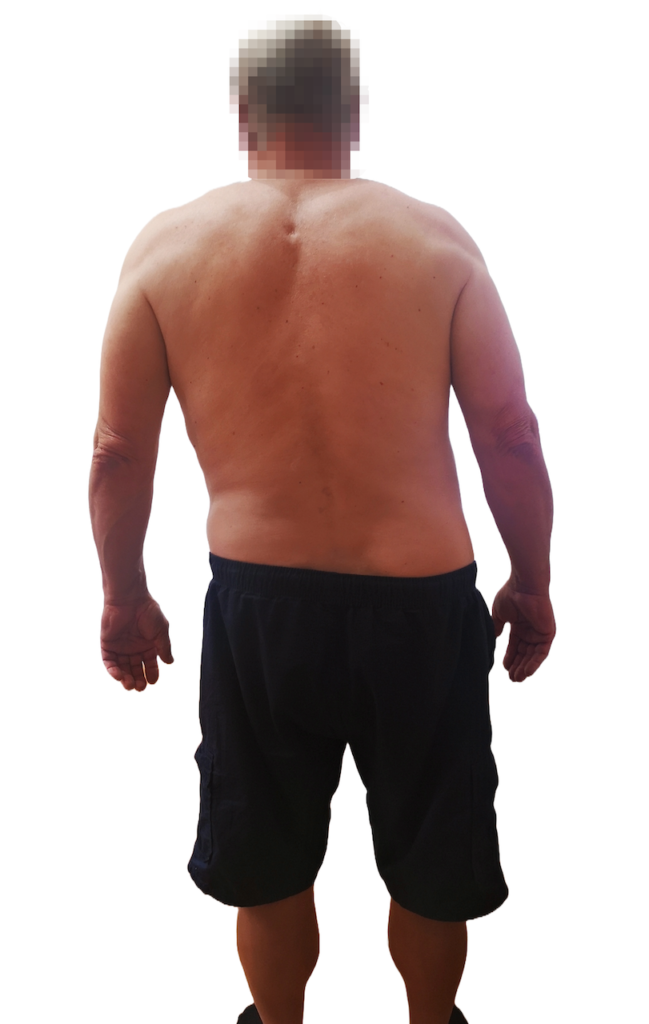Can I See a Chiropractor for Scoliosis Treatment?
If you’ve been diagnosed with scoliosis, you might wonder whether chiropractic care is a suitable option for managing your condition. Chiropractic treatment can play an important role in the holistic management of scoliosis, particularly in slowing its progression and improving spinal function. However, it’s important to understand what chiropractic care can and cannot do for scoliosis.
Understanding Scoliosis

Scoliosis is a condition characterized by an abnormal lateral curvature of the spine, often described as an “S” or “C” shape. It can develop due to various factors and can be classified based on its cause, the age of onset, and the characteristics of the curve:
- Idiopathic Scoliosis: The most common form, idiopathic scoliosis, has no clearly identifiable cause. It often becomes apparent during a growth spurt in adolescence. While the exact cause remains unknown, genetic and environmental factors are believed to play a role.
- Infantile Idiopathic Scoliosis: Occurs in children under 3 years old.
- Juvenile Idiopathic Scoliosis: Seen in children aged 3-10 years.
- Adolescent Idiopathic Scoliosis: The most common subtype, affecting adolescents aged 10-18 years.
- Congenital Scoliosis: This type is present at birth and results from malformations of the spine during fetal development. Congenital Hemivertebra is a typical example leading to scoliosis. The abnormal vertebral formation can lead to progressive curvature as the child grows.
- Neuromuscular Scoliosis: Associated with neuromuscular disorders such as cerebral palsy or muscular dystrophy, this type arises due to imbalances in the muscles that support the spine, leading to structural scoliosis.
- Degenerative Scoliosis: Often seen in older adults, degenerative scoliosis results from the gradual deterioration of the spinal discs and joints, leading to an asymmetrical collapse of the spine.
- Functional Scoliosis: Functional scoliosis occurs when the spinal curvature is a secondary response to another issue, such as a leg length discrepancy. Unlike structural scoliosis, the spine itself is structurally normal, and the curvature may resolve when the underlying cause is addressed.
Structural Scoliosis and Associated Conditions
Structural scoliosis is a fixed, rigid curvature of the spine that does not correct with changes in position. Apart from the common causes, several other conditions are strongly associated with the development of structural scoliosis:
- Marfan Syndrome: A genetic disorder affecting connective tissue, leading to a weakened structure that often results in scoliosis.
- Ehlers-Danlos Syndrome (EDS): Another connective tissue disorder that can cause hypermobility and fragile tissues, contributing to scoliosis.
- Osteogenesis Imperfecta: Known as “brittle bone disease,” this condition leads to fragile bones and often results in structural scoliosis due to frequent fractures and skeletal deformities.
- Spinal Tumors: Tumors near or within the spine can cause structural scoliosis by altering vertebral alignment or compressing the spinal cord.
- Neurofibromatosis Type 1 (NF1): This genetic disorder leads to tumor growth on nerve tissue, often resulting in severe structural scoliosis.
- Scheuermann’s Kyphosis: Primarily causing kyphosis, this condition can also lead to scoliosis if the vertebrae grow unevenly.
- Spondylolisthesis: The slipping of one vertebra over another can create a structural spinal curvature.
- Traumatic Spinal Injuries: Severe trauma can lead to permanent structural changes in the spine, causing scoliosis.
Chiropractic Care and Scoliosis Management
Chiropractic adjustments can be a valuable component of scoliosis management, particularly for younger patients whose spines are still developing. While chiropractic care cannot cure scoliosis or reverse the spinal curvature, it can help slow its progression, especially in mild to moderate cases.
- Enhancing Spinal Alignment: Chiropractic adjustments improve spinal alignment and mobility, addressing subluxations and promoting better posture. This can reduce the asymmetrical forces that contribute to scoliosis progression.
- Muscle Balance and Flexibility: Chiropractic care often includes exercises and stretches to improve muscle balance and flexibility around the spine, helping to stabilize the spinal curve.
- Slowing Progression: In some cases, particularly with mild to moderate scoliosis, chiropractic care can help slow the progression of the spinal curve. This is particularly relevant in younger patients whose spines are still developing.
- Early Intervention: For younger patients, early detection and intervention are crucial. Chiropractic care can be part of a proactive strategy to manage scoliosis by monitoring spinal development and making necessary adjustments to address minor curvatures.
- Reducing Spinal Tension: By relieving tension in the spinal muscles and improving joint function, chiropractic care can help prevent further progression of the curvature.
- Complementary to Other Treatments: Chiropractic care can be a valuable component of a comprehensive treatment plan that may include physical therapy, bracing, and, in some cases, surgery. Chiropractic care focuses on non-invasive methods and can support other therapies by enhancing spinal health and function.
Conclusion
Scoliosis is a complex condition with various causes and types, ranging from idiopathic to structural scoliosis associated with genetic disorders, neuromuscular conditions, and other significant health issues. While chiropractic care is not a cure, it can play an essential role in managing the condition, particularly by slowing the progression of scoliosis in younger patients and improving overall spinal health. Understanding the development and types of scoliosis is vital for creating an effective, personalized treatment plan.


